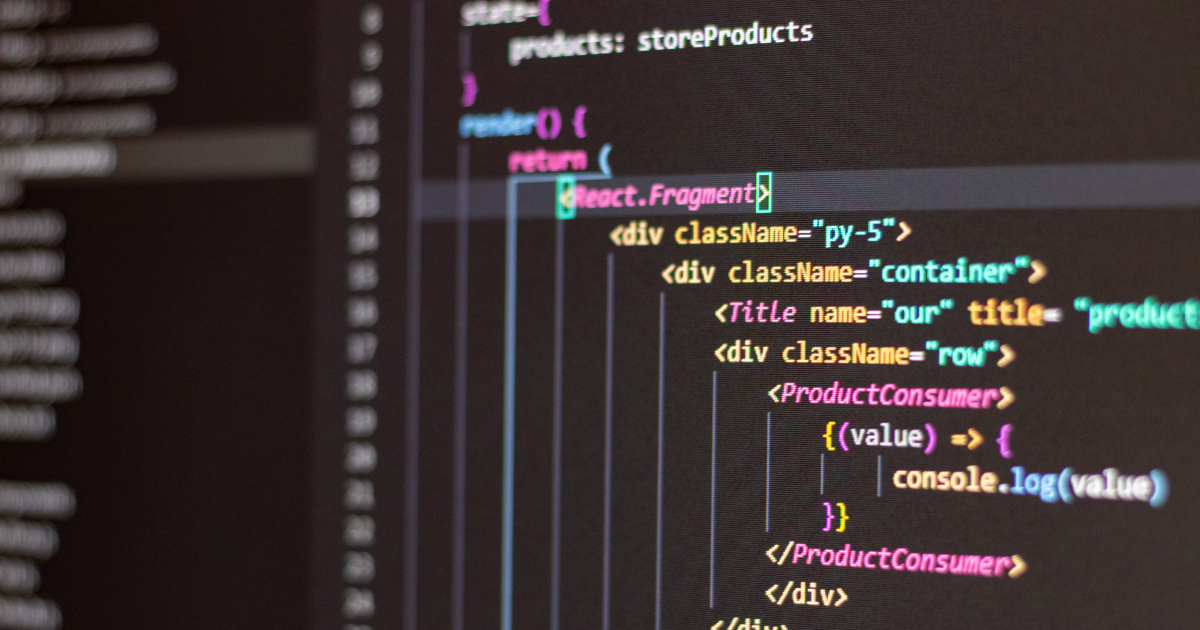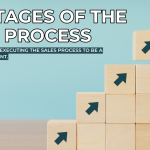Making Sense of Facebook’s News Feed ranking Algorithm
October 13, 2021Facebook recently gave us a rare look behind the curtain at how they use machine learning to power its News Feed ranking. Most marketers intuitively understand what it takes to get content ranking, but to get a look at how the “sausage is made” does provide some additional insights on getting a better ROI for your marketing efforts.
Here are my top 5 takeaways to help you better understand how Facebook’s News Feed ranking algorithm actually works:
- The algorithm’s job is prioritizing for action. Facebook’s goal is to get its user to engage. Using machine learning (ML), the algorithm will predict and prioritize content that has the most probability of engagement.
- High engagement signals high value. Facebook’s ML uses signals such as likes and shares as a signal of relevancy. As your relevancy score climbs so does your chances of reach.
- Just because your content didn’t get seen the first time, you have a second chance. As a user logs in to his or her feed, Facebook queries all the new content since their last login. Eligible posts include any shared content from friends, groups, or pages and older relevant content deemed higher quality that may have been missed on their last login.
- Personalization of content is optimized individually. Facebook uses signals from each user to determine what content will get the most action. For some, scoring is higher for likes than commenting if that is how the user will typically engage.
- Ranking provides the best user experience. What a user ultimately sees is approximately 500 of the most relevant posts ordered by relevancy score and displayed to diversify and contextualize their feed.
Complicated algorithms and machine learning aside, the key to success is still engagement. The better you get at signaling to Facebook that your content is valuable, the higher your score, the more people you reach. Take an inventory of your last 30 days of content. Is it relevant to your audience? Did you get engagement? What post seemed to jump ahead of the pack? Use that data to determine your own relevancy score. As with most marketing, success is found through trial and error. Looking and listening. Deciphering Facebook’s algorithm isn’t as much about gaming the system as it is about better understanding how to be relevant and add value to those who want to listen.












